Filter data
|
ID |
Nickname |
Country / City |
Languages |
Taxonomies |
Comment |
Project / Group |
Map |
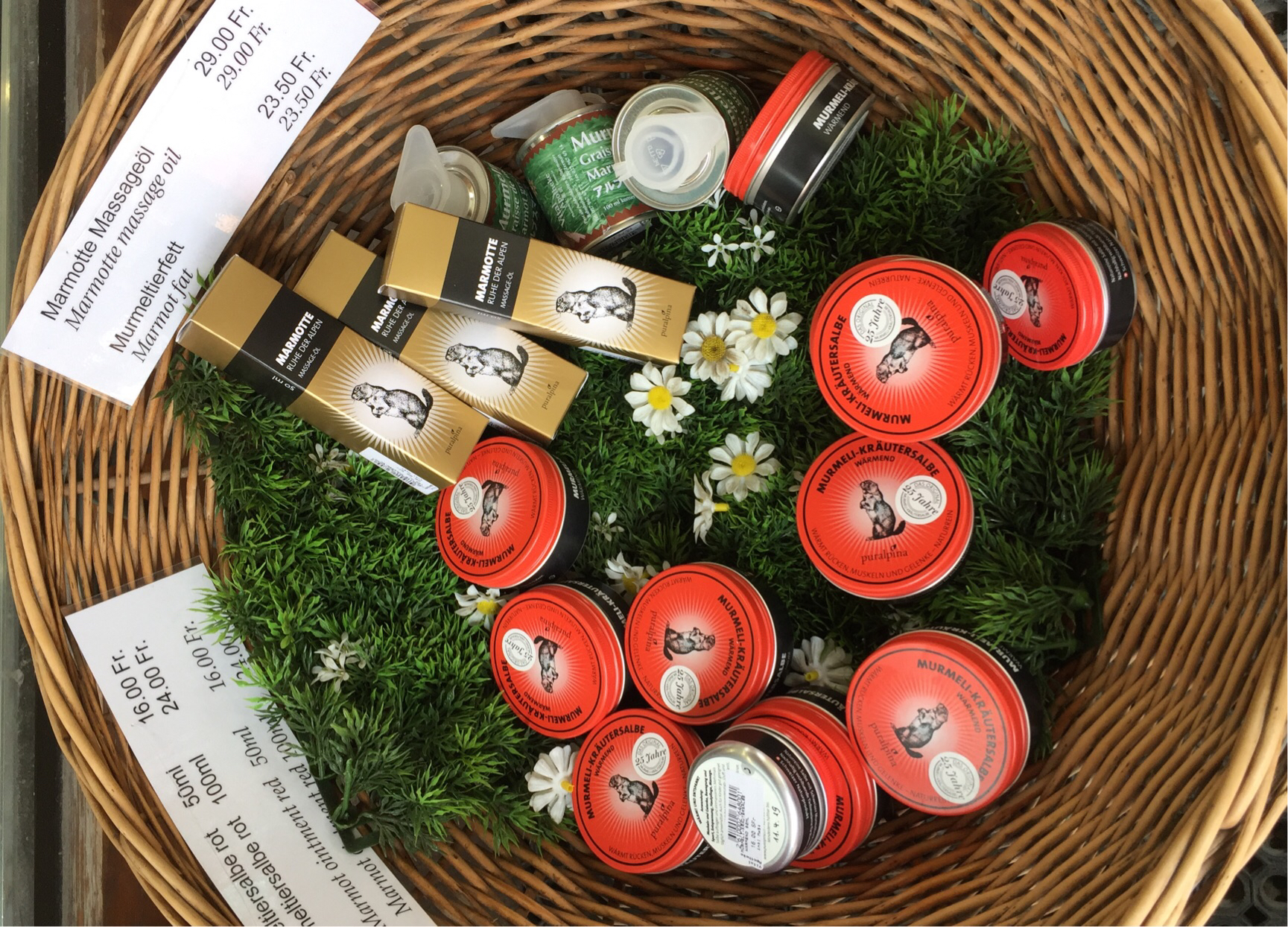
|
8994
|
|
Schweiz
Zermatt
|
|
|
—
|
MA1.0
|
|
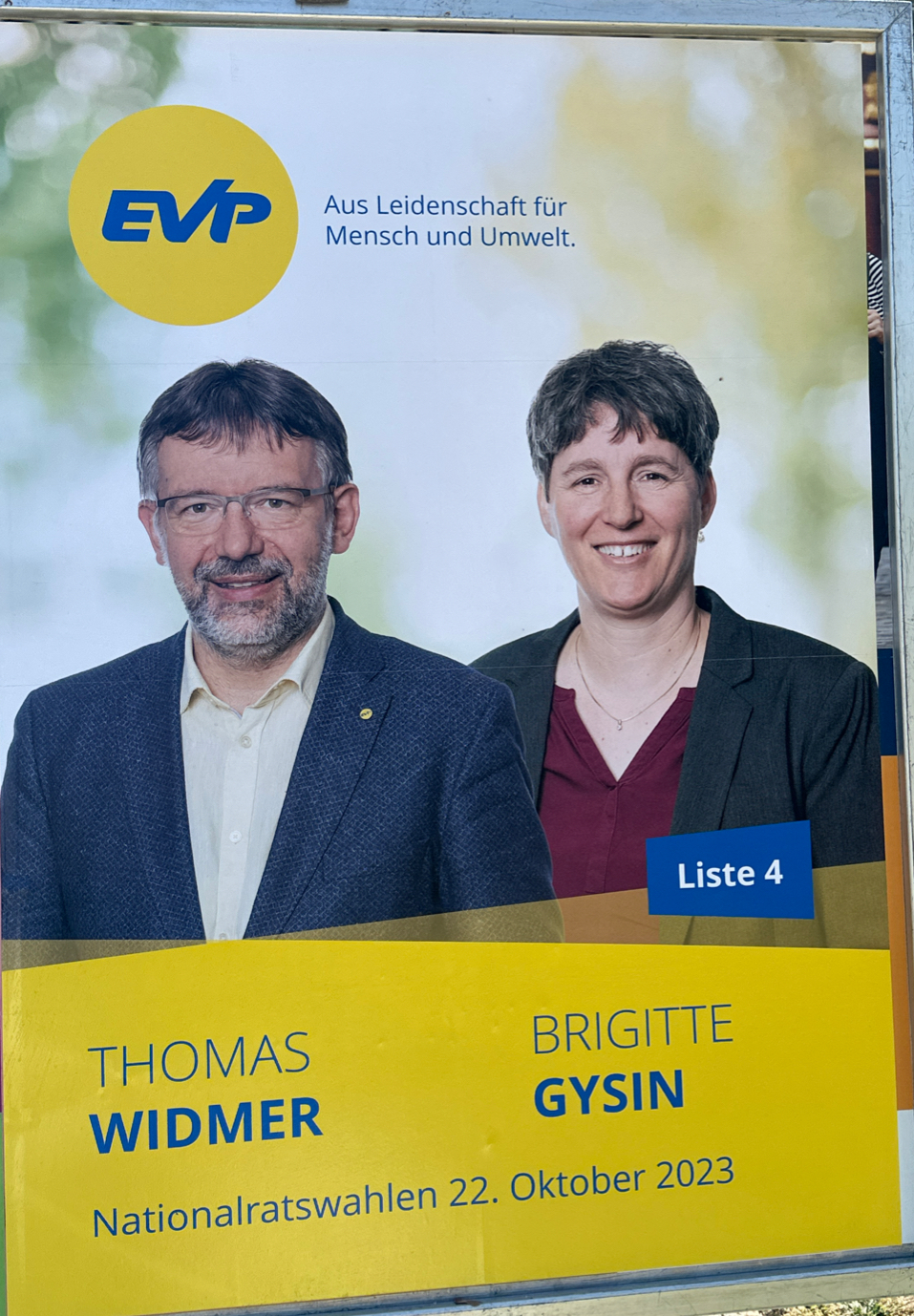
|
91682
|
Quortismus
|
Schweiz
Basel
|
|
|
EVP, Liste 4
|
Unibas_Wahlkampf
|
|

|
29218
|
|
Schweiz
Zermatt
|
|
|
—
|
BA Linguistic Landscape
|
|
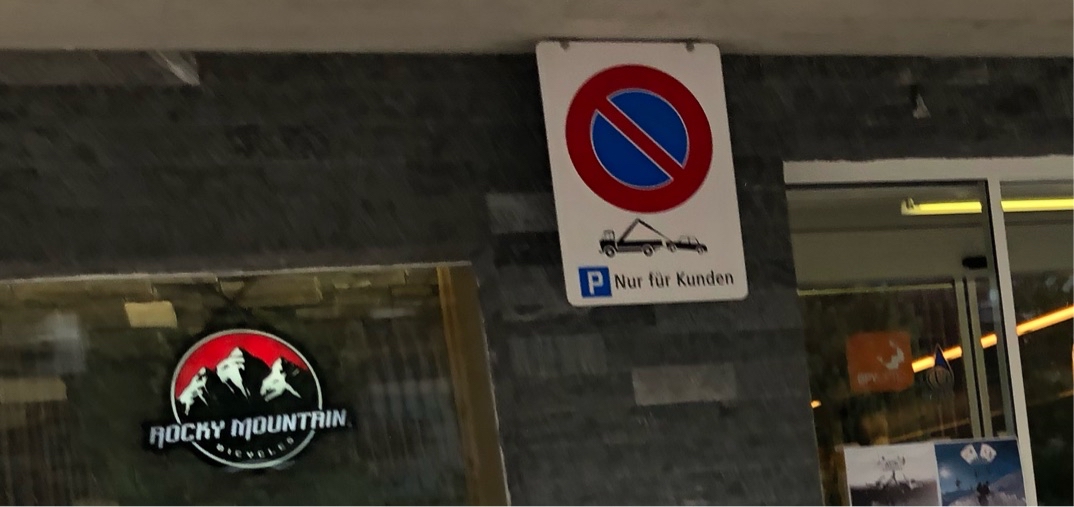
|
31010
|
|
Schweiz
Andermatt
|
|
|
—
|
BA Linguistic Landscape
|
|
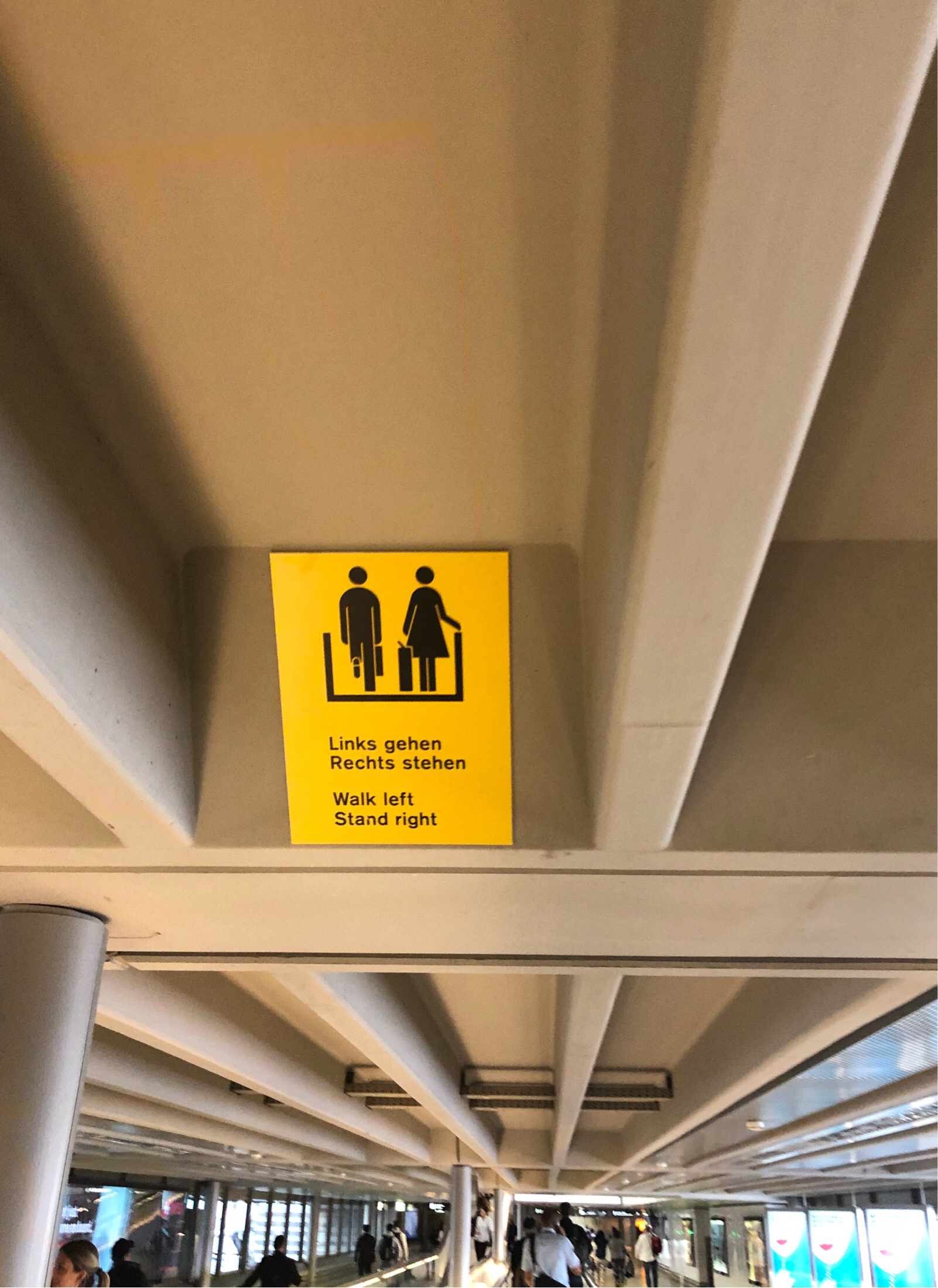
|
15907
|
|
Schweiz
Kloten
|
|
|
—
|
|
|

|
91683
|
Quortismus
|
Schweiz
Basel
|
|
|
Die Mitte, Liste 36
|
Unibas_Wahlkampf
|
|
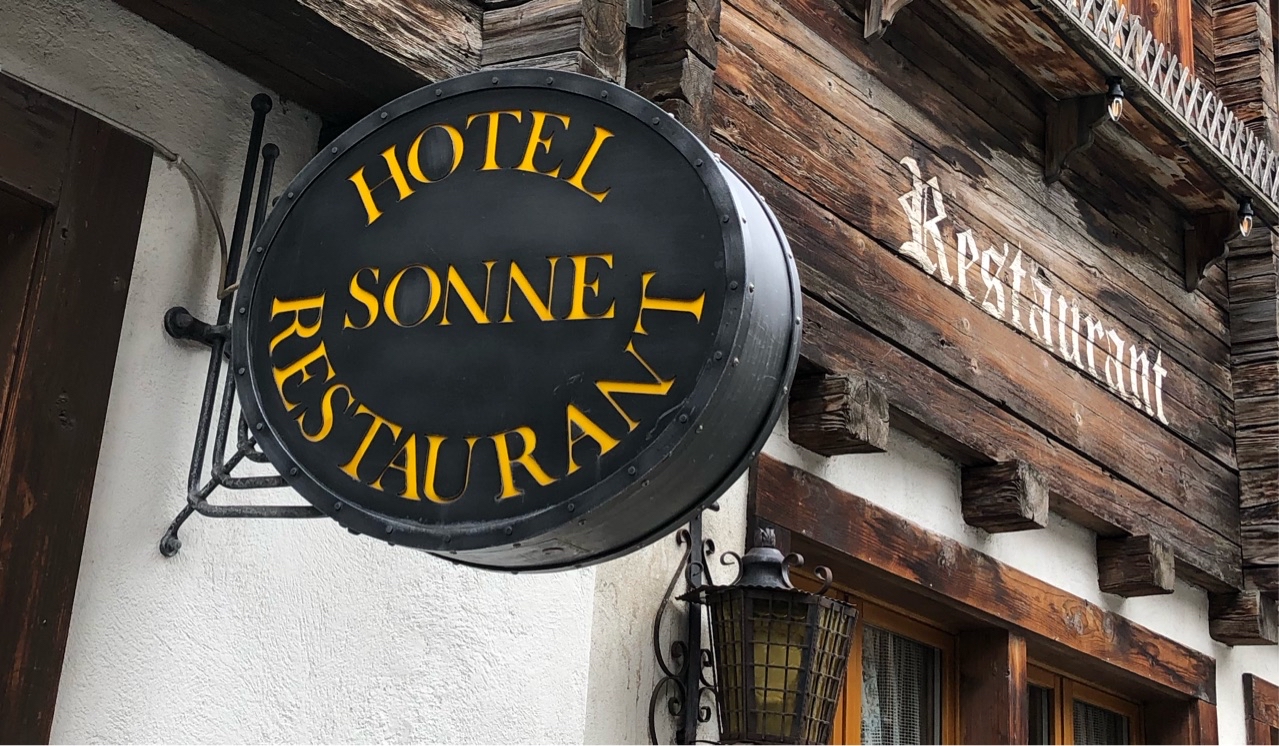
|
27427
|
|
Schweiz
Andermatt
|
|
|
—
|
BA Linguistic Landscape
|
|
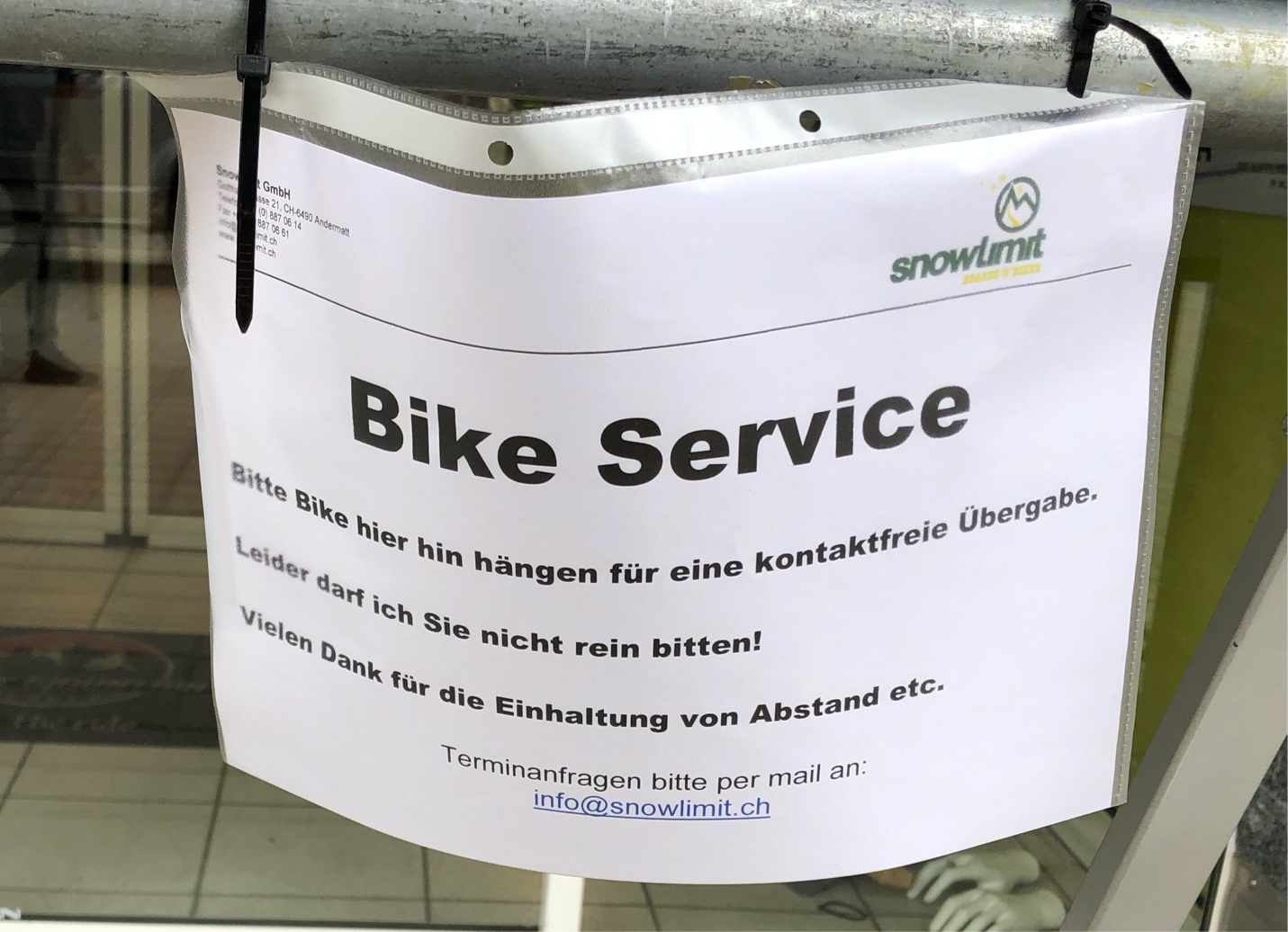
|
31011
|
|
Schweiz
Andermatt
|
|
|
—
|
BA Linguistic Landscape
|
|
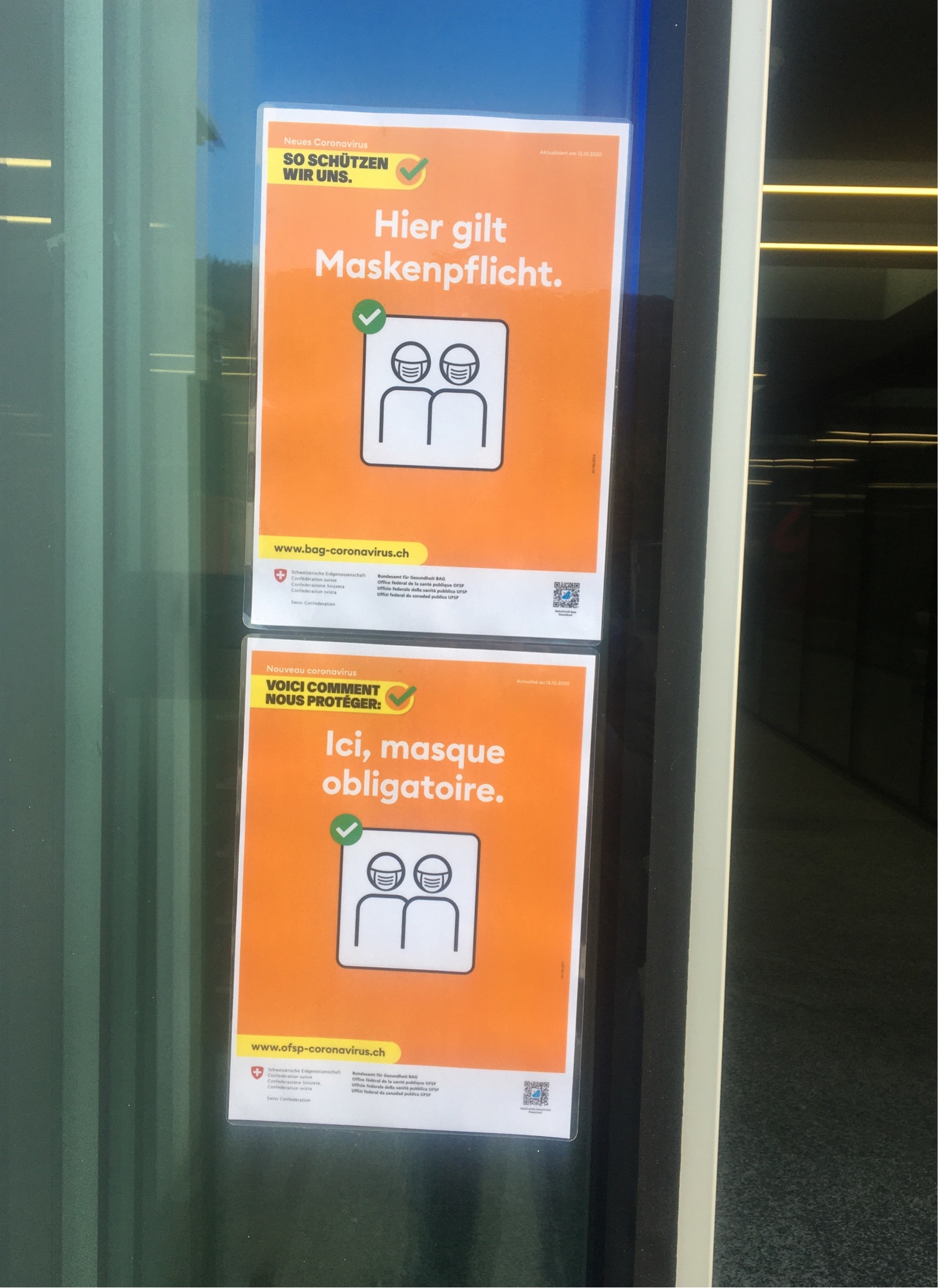
|
35363
|
|
Schweiz
Biel
|
|
|
Ö
|
LLBiel1
|
|
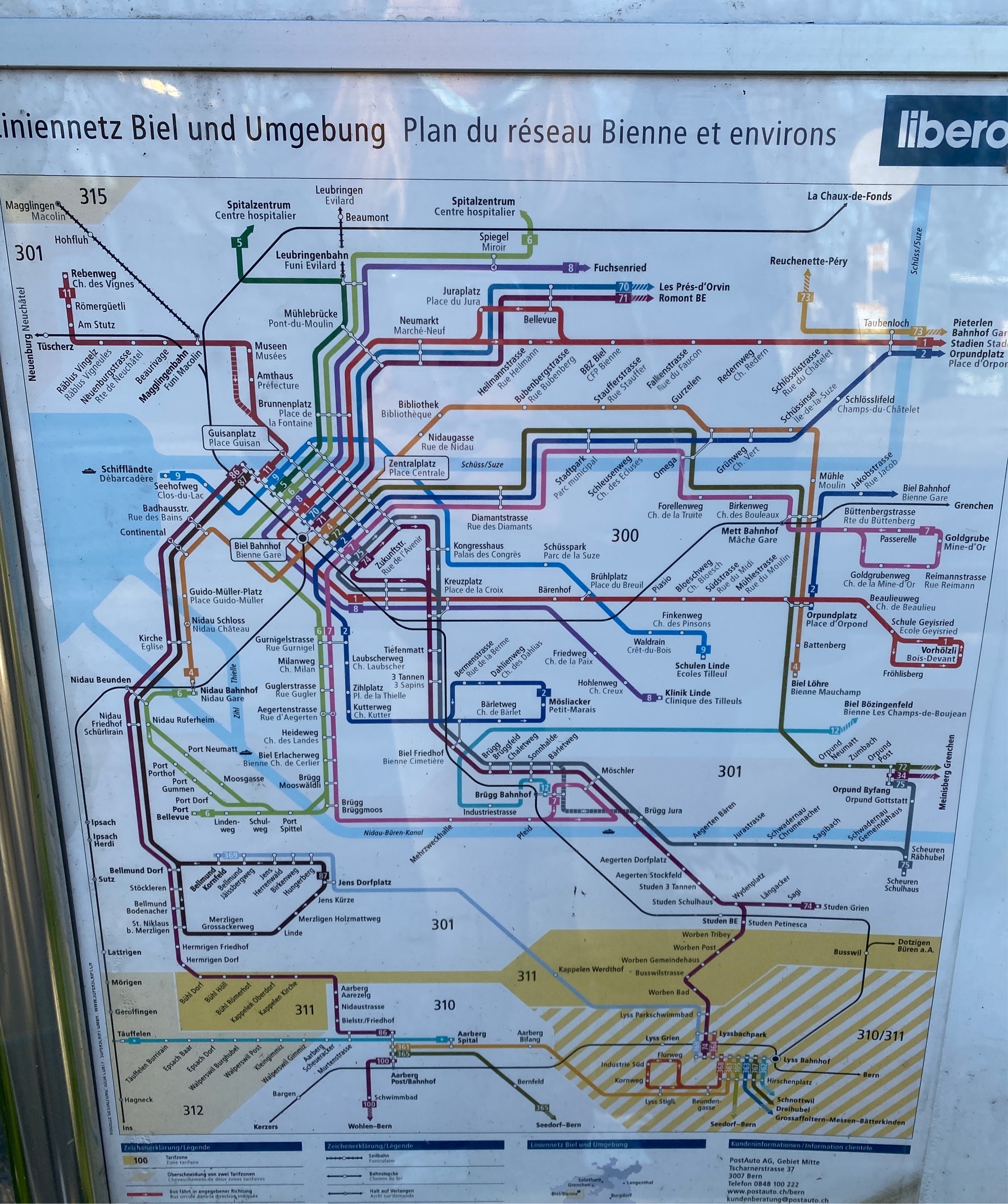
|
35875
|
|
Schweiz
Nidau
|
|
|
—
|
LLBiel6
|
|

|
36387
|
|
Schweiz
Biel
|
|
|
—
|
3LLBiel
|
|
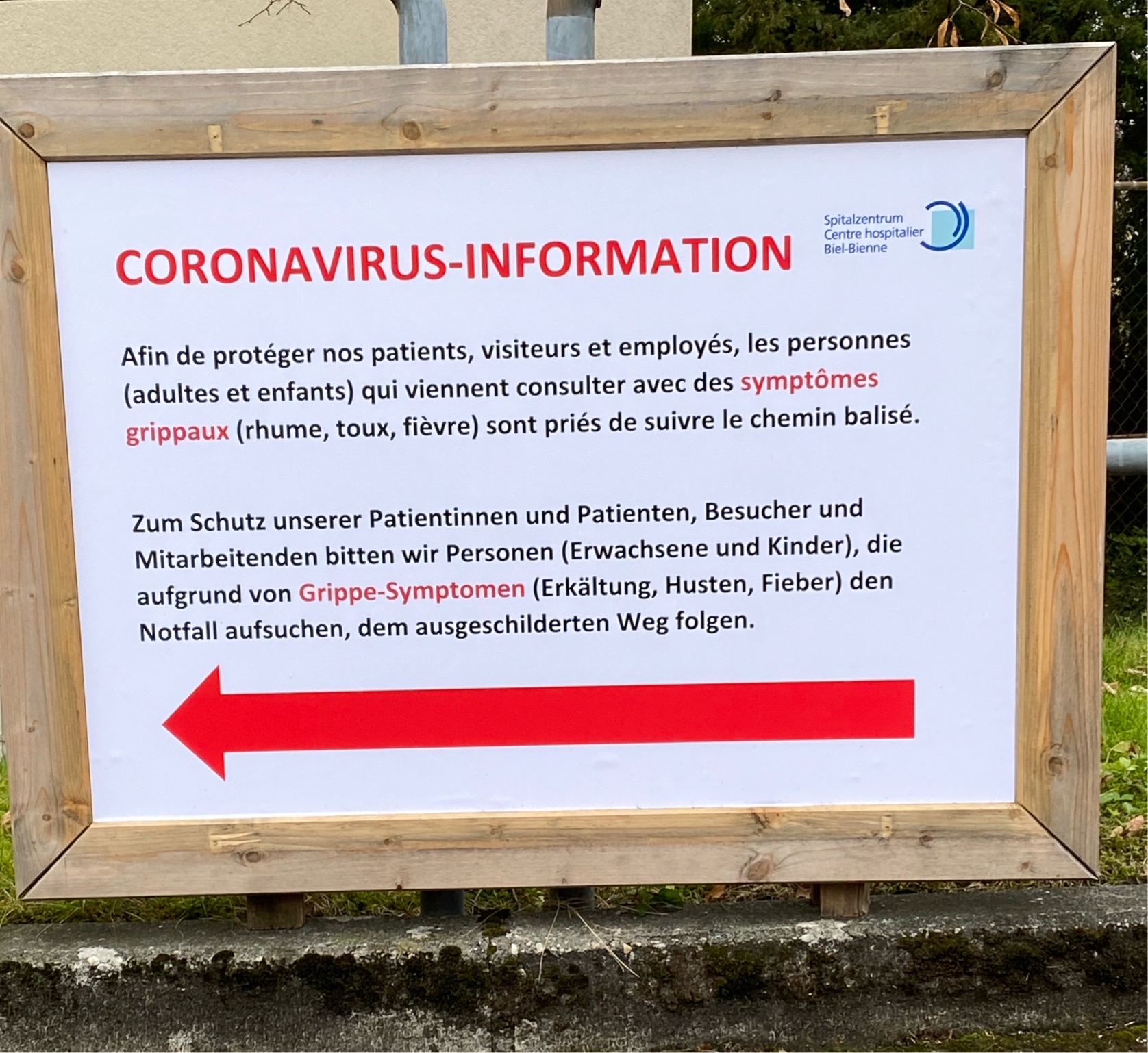
|
36899
|
|
Schweiz
Biel
|
|
|
—
|
5LLBiel
|
|
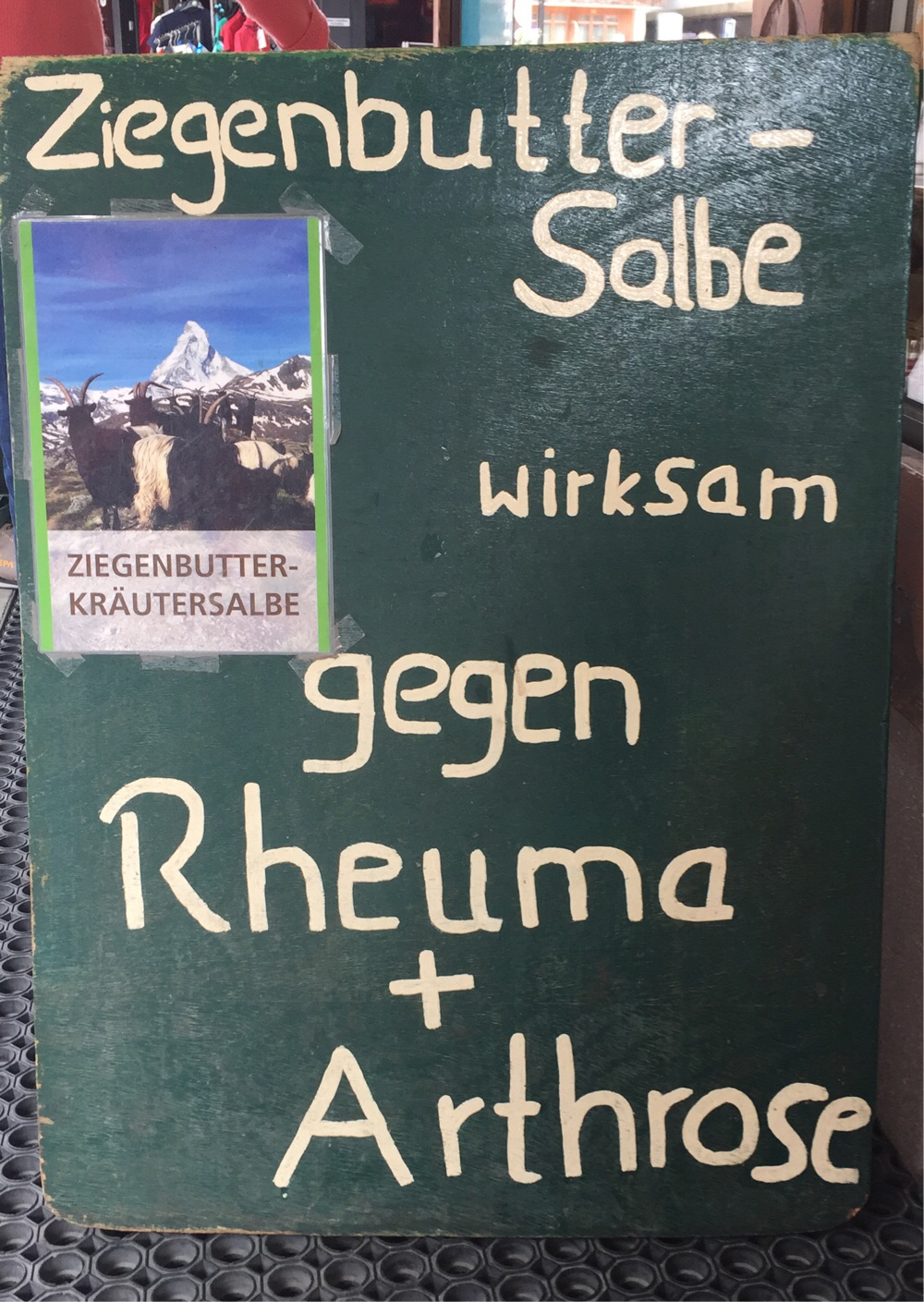
|
8996
|
|
Schweiz
Zermatt
|
|
|
—
|
MA1.0
|
|
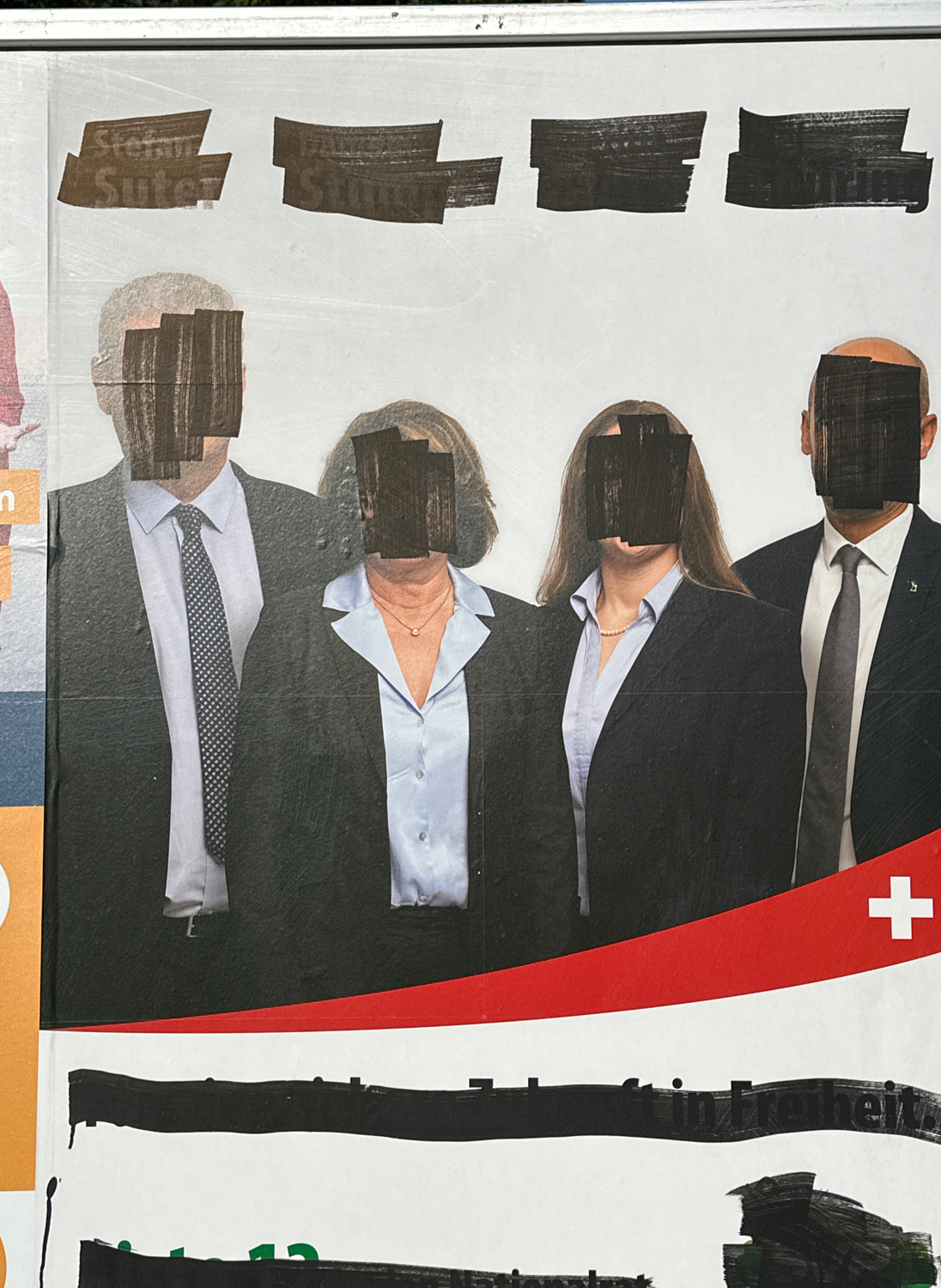
|
91684
|
Quortismus
|
Schweiz
Basel
|
|
|
SVP, Liste 13, Demoliert
|
Unibas_Wahlkampf
|
|
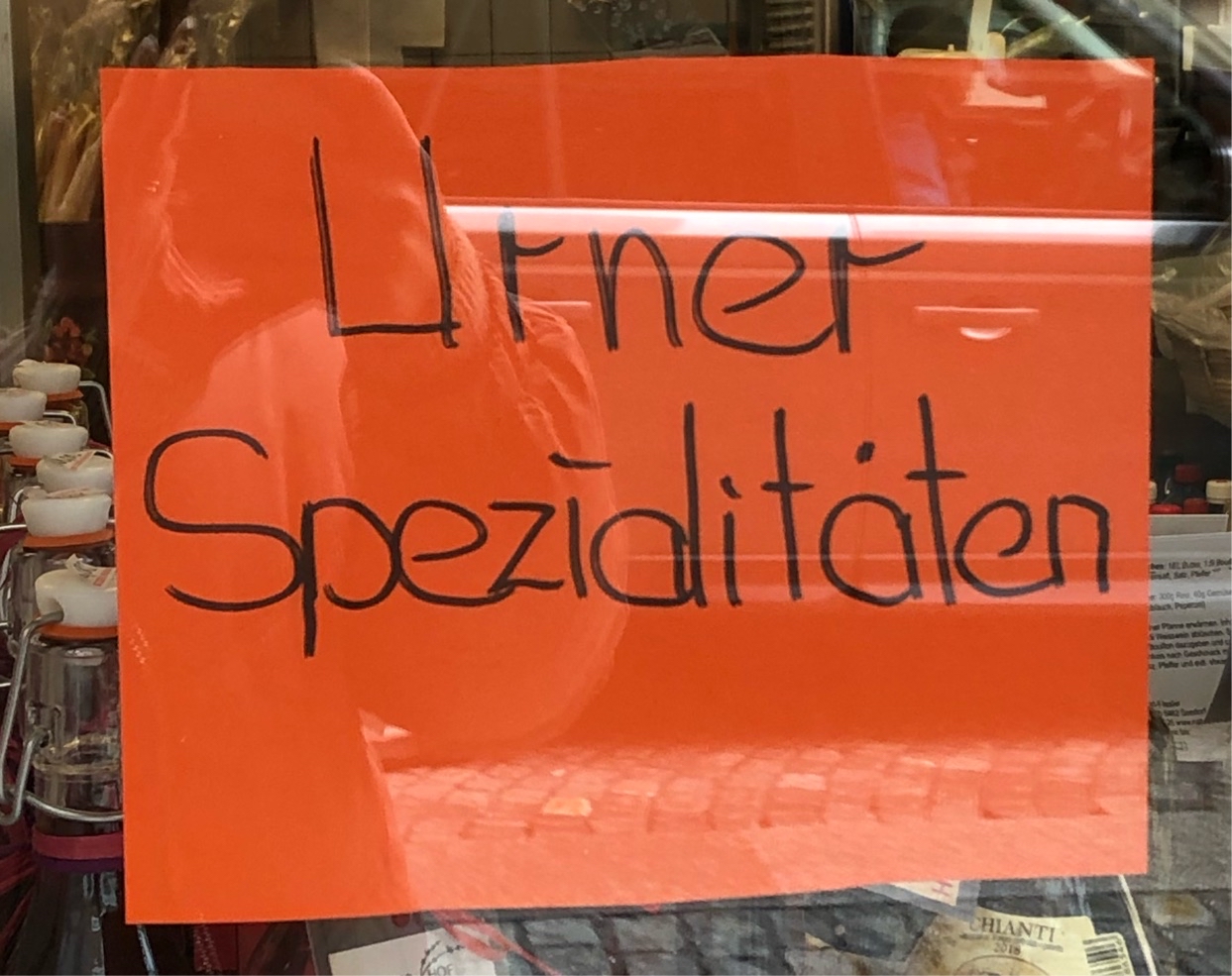
|
29988
|
|
Schweiz
Andermatt
|
|
|
—
|
BA Linguistic Landscape
|
|
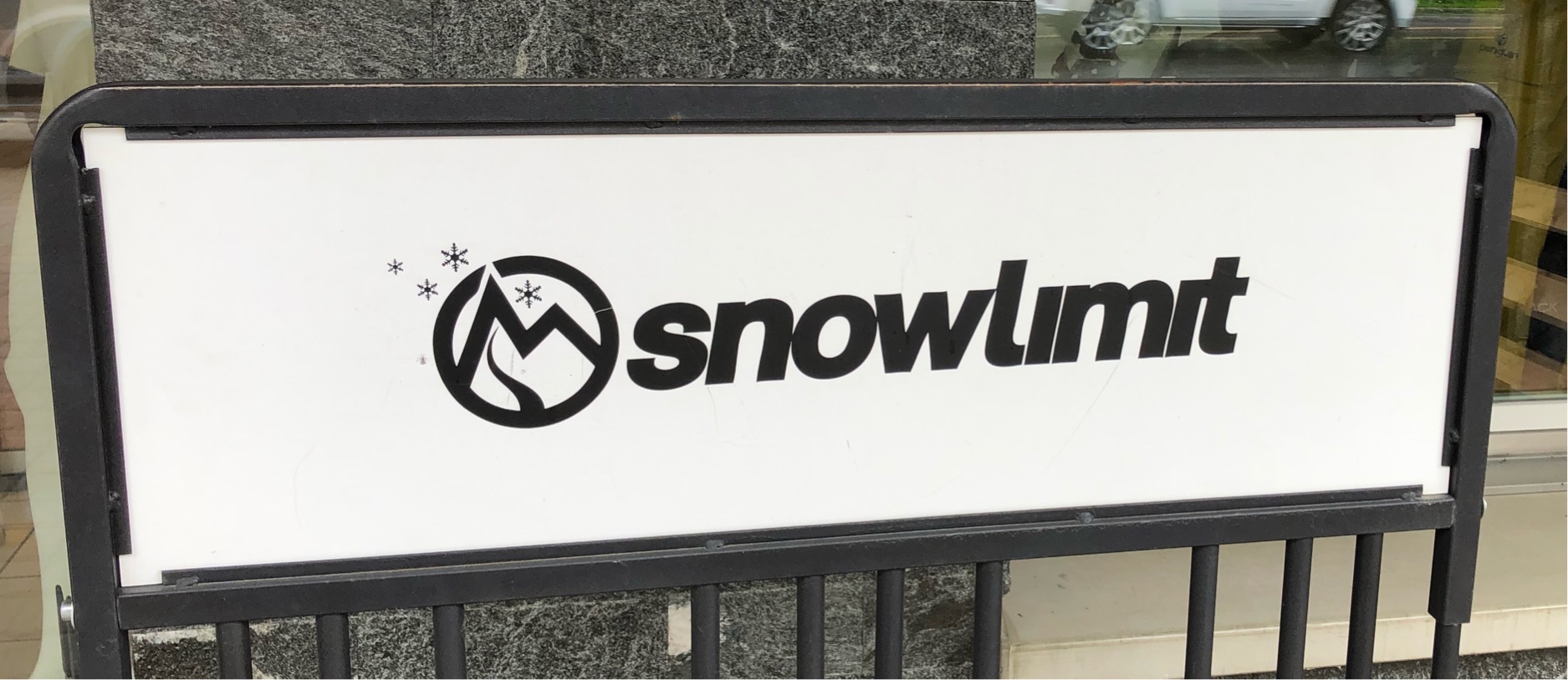
|
31012
|
|
Schweiz
Andermatt
|
|
|
—
|
BA Linguistic Landscape
|
|

|
8997
|
|
Schweiz
Zermatt
|
|
|
—
|
MA1.0
|
|

|
91685
|
Quortismus
|
Schweiz
Basel
|
|
|
SVP, Pascal Messerli, Demoliert
|
Unibas_Wahlkampf
|
|
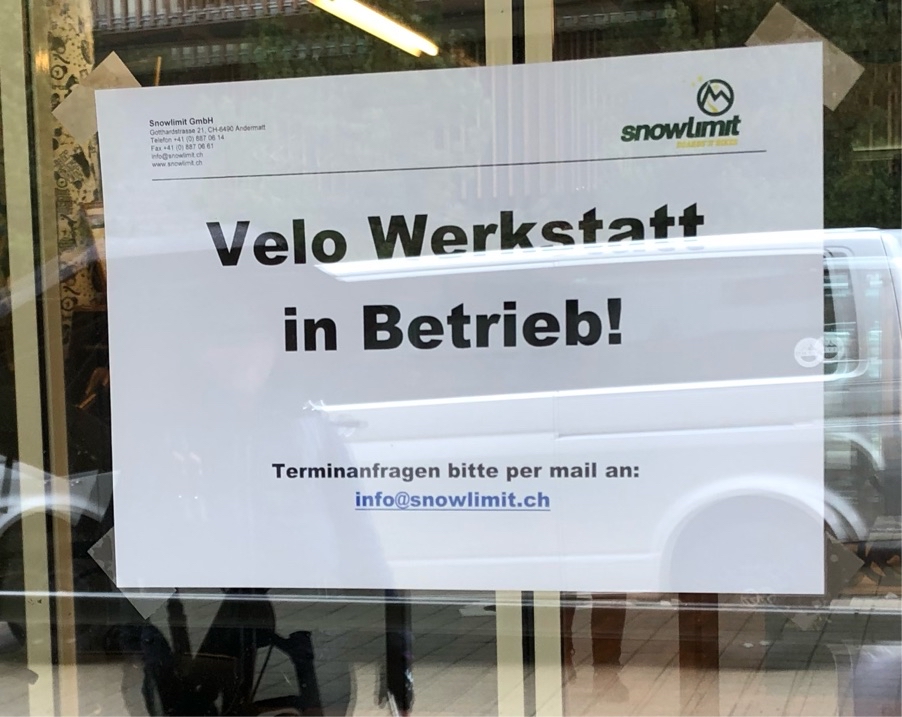
|
31013
|
|
Schweiz
Andermatt
|
|
|
—
|
BA Linguistic Landscape
|
|

|
35877
|
|
Schweiz
Biel
|
|
|
—
|
LLBiel5
|
|